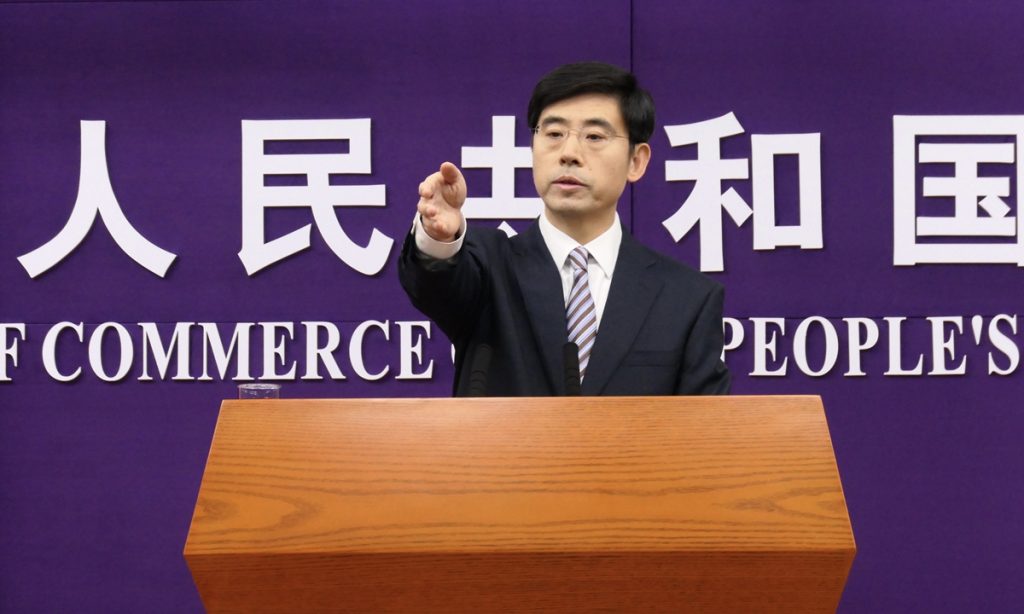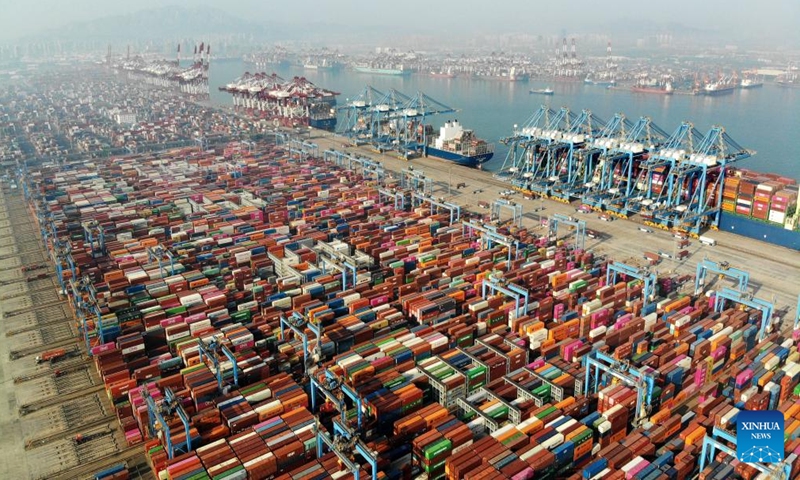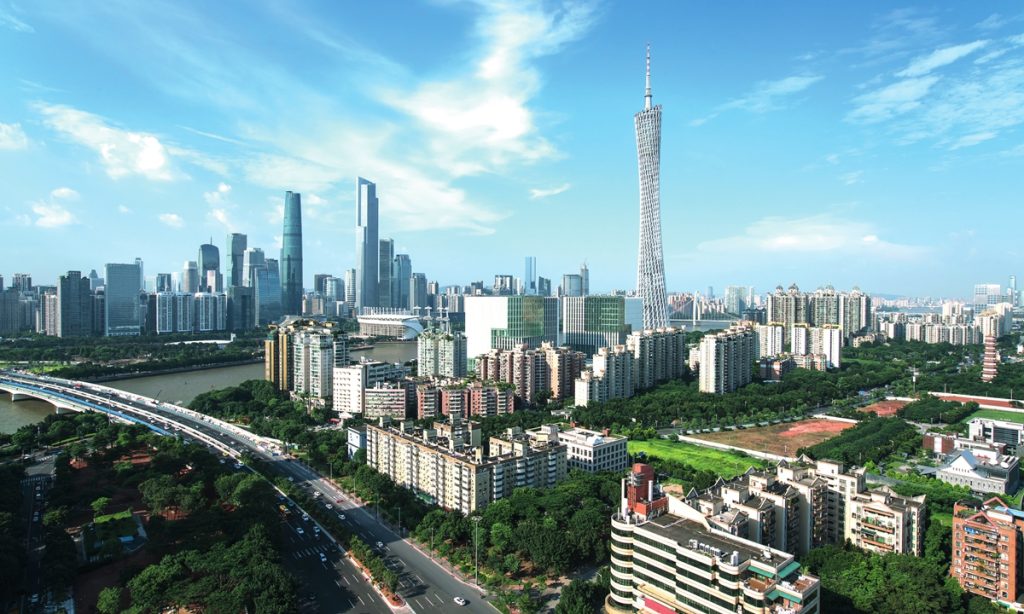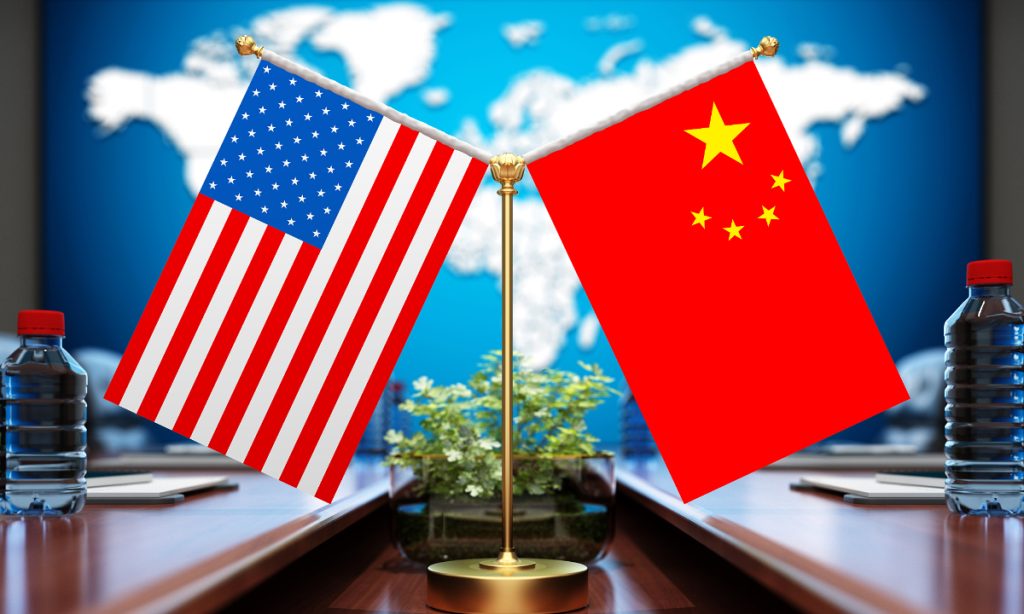Localities break ground for major projects, boost effective investment

Chinese localities have accelerated the roll-out of infrastructure projects with a focus on new infrastructure serving the digital economy in the first two months of this year.
Analysts said on Monday that the quality of investment further improved, but they called for more support policies to ensure the intensity of investment and keep overall investment steady.
The first quarter is a traditional season in China when the ground is broken for big projects.
Analysts said there is more room for proactive fiscal policies in 2024, with the issuance of special-purpose bonds and half of the 1 trillion yuan ($138.92 billion) additional government bonds, issued last year, having been transferred for use in 2024.
They noted that the new round of investment helps improve the country's investment structure but more support policies are needed to ensure the steady growth of investment for the whole year.
Beijing plans to invest 50 billion yuan in local transportation projects this year, up 16 percent year-on-year, the Beijing Daily reported on Monday, citing a municipal official. Investment of 10 billion yuan is set to be completed in the first quarter.
Northeast China's Liaoning Province broke ground on 1,153 infrastructure projects on Monday, with total investment of 316.6 billion yuan, according to a post on the provincial government's website. The projects focus on advanced manufacturing, scientific and technological innovation and clean energy, "as an improvement of Liaoning's investment structure," read the post.
Last week, the city of Shenzhen in South China's Guangdong Province said that it plans to complete investment totaling 140 billion yuan in new infrastructure projects, including the installation and upgrading of 8,000 5G wireless base stations, to boost the development of the digital economy. The pledged investment is markedly higher than the 122.3 billion yuan in new infrastructure investment by the city in 2023.
China's fixed-asset investment rose 4.2 percent year-on-year in the first two months of this year, 1.2 percentage points higher than the full-year growth rate of 2023, data from the National Bureau of Statistics (NBS) showed on Monday. The investment totaled 5.08 trillion yuan.
Tian Yun, a veteran economist based in Beijing, told the Global Times on Monday that localities have improved their investment structure, which has been helpful in improving China's productivity and efficiency, but he called for speeding up the building of a unified national market as the country cannot rely solely on external demand to beef up investment.
Li Chang'an, a professor at the Academy of China Open Economy Studies of the University of International Business and Economics, told the Global Times on Monday that private-sector investment showed better results than in December, indicating that an economic recovery is in progress.
The investment structure also improved as more projects are new infrastructure projects or in sectors related to new quality productive forces, Li said.
However, Li noted that investment on new projects during the first two months were still low, as low profitability dented investment sentiment, which calls for more attention from the government.
According to NBS data, private investment in fixed assets rose 0.4 percent year-on-year in the first two months, reversing a decline in 2023. Private investment in manufacturing, hotels, catering and transportation all registered double-digit growth.
As policies aimed at boosting effective investment continue to take effect, investment is expected to maintain a steady expansion at the next stage, Liu Aihua, a spokesperson with the NBS, said at a press conference on Monday.
Manufacturing investment rose 9.4 percent year-on-year, accelerating by 2.9 percentage points from 2023. Investment in infrastructure construction rose 6.3 percent, up 0.4 percentage points.






